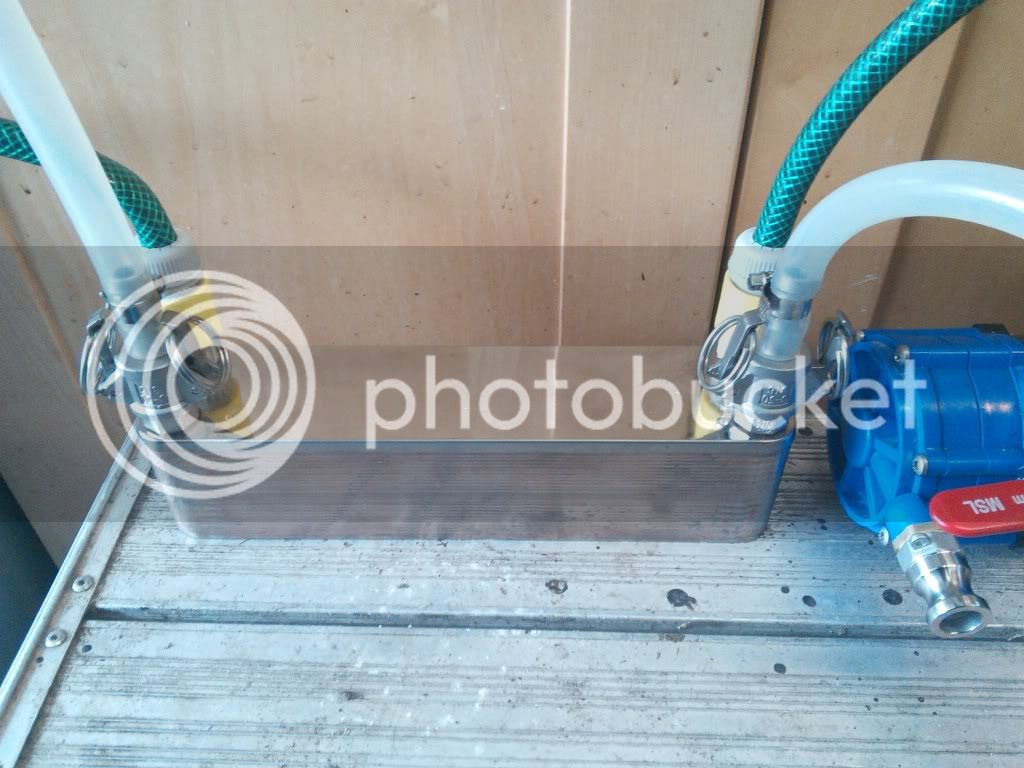- Joined
- Oct 17, 2011
- Messages
- 4,116
- Reaction score
- 984
i think the major concern is down to break material forming between the plates and the thinner the gap between the plates the more chance of some break material lodging in place, With the larger models with a broader flow passage are less likely to succumb to such problems.




